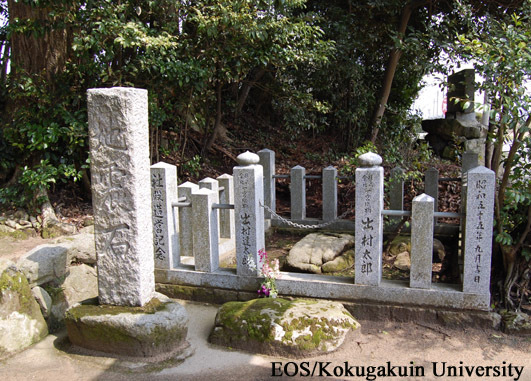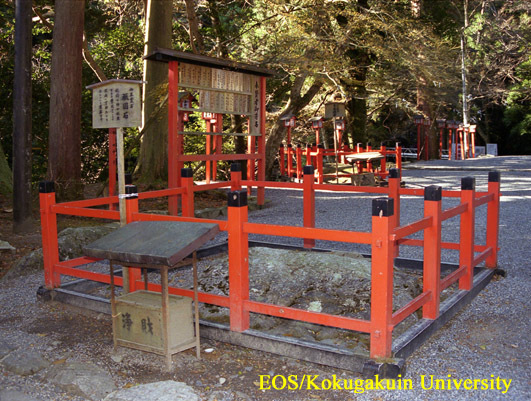- トップ
- Encyclopedia of Shinto
- Ishi shinkō
Encyclopedia of Shinto
| Main Menu: | |
| Links: |
詳細表示 (Complete Article)
| カテゴリー1: | 6. Belief and Practice |
|---|---|
| カテゴリー2: | Folk Religion |
| Title | Ishi shinkō |
| Text | Stone cults in Japan that may be seen as falling into three general categories: (1) what may be called "stone deification" (shintai); (2) belief in a "rock abode" (iwakura) to which the deity descends; and (3) the concept of iwasaka, an area that has been encircled by piles of stones, where a god is thought to have descended. Of these, the first shows the greatest variety of forms. Belief that kami inhabit stones is ancient; in the various Fudoki and the Engishiki, the kami are known by such names as shakujin, shakuji, and iwagami. Together with trees, natural rocks are extremely widespread objects of worship as the abode (yorishiro) of a kami. There are also many deities, including Ebisu, hinokami, ubugami (see ubusunagami), Sai no kami, and yashikigami , who are manifested in stone. This does not mean, however, that all rocks are regarded as such. Those with special characteristics in their size, form, color, pattern, or chisel markings are selected, having inspired the human imagination and been thus singled out as having something sacred about them, evoking the mysterious, the uncanny. Some of are found in legends of living stones that grow, become impregnated, and bear children. Also, there are ground stone tools from the middle Jōmon Period, variously called "stone rods" (sekibō) and "stone swords" (sekken), which are clearly symbols of reproduction, that is, phallic symbols seen as manifestations of the stone kami and thus put to magical use. Yang stones, together with yin stones, i.e. those symbolizing the female sex organ, gradually came to seen as embodying kami of abundance in the five cereals and of marriage. Moreover, even up to the present day, they are still often associated, in conjoined male and female forms, with the cult of dōsojin. Iwakura, crags where kami are thought to be sitting at rest, are variously called "seat stones" (koshikake -ishi), "rest stones" (yasumi-ishi), "descent from heaven stones" (amafuri-ishi), "kami-seat stones" (kamiza-ishi), "honorable seat stones" (gozaishi), and "shadow-facing stones" (yōkōseki). There are various strange and wonderful stories and legends associated with them. Regarding iwasaka, it has been theorized that the circled stone formations known as kanjō-resseki, found among ancient ruins, may have been ritual sites. The variety of stone encirclements found in the precincts (keidai) of old shrines may stand in direct lineage to such customs. (see kodai saishi) — Iwai Hiroshi |






